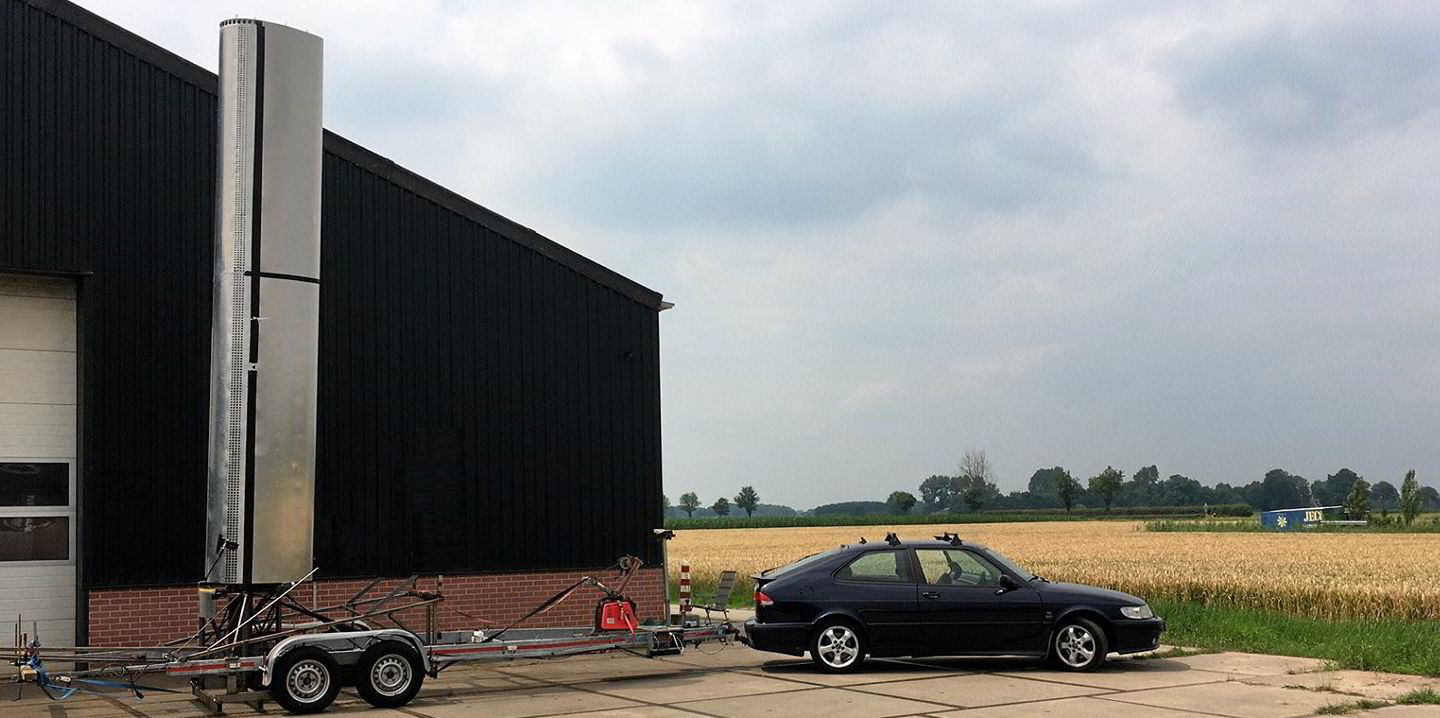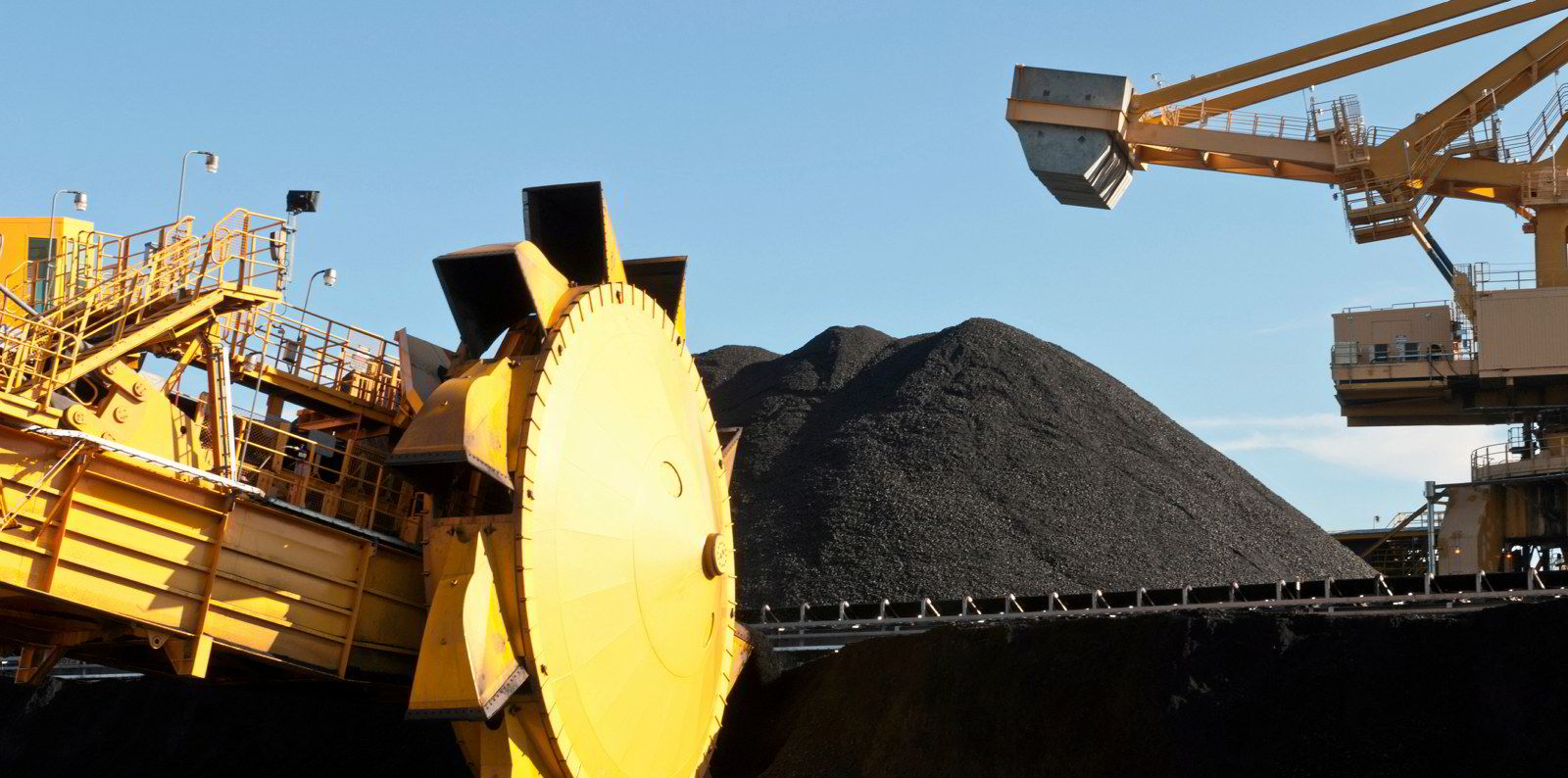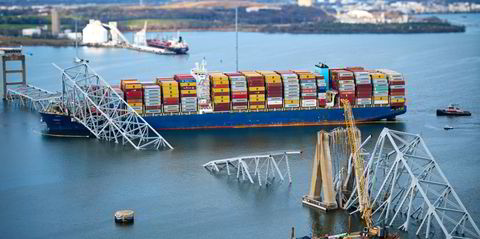With a suction sail strapped to the top of his Saab, Econowind chief executive Frank Nieuwenhuis would drive around the North Holland flat lands on still windless days.
He was monitoring how his car’s fuel consumption changed and the force the model sail system could generate.
Dutch wind propulsion system maker Econowind emerged from ship designer Conoship International, which still retains a share in the company.
With a growing orderbook, it is ramping up production to meet demand in what is becoming the year of wind.
But like many start-ups with technology solutions for shipping, there are tough roads to drive down before the solutions set sail.
Econowind was launched in 2016, with Nieuwenhaus as chief executive of the start-up.
The company began by looking at different concepts for wind systems — rotor sails, kites, as well as normal wings and suction wings.
Once it had opted for a suction sail design, there was a need to prove its capabilities, and getting into a wind tunnel to test the system was too expensive for the fledgling business.
That is when the “car-board” tests were done ahead of shipboard ones.
The company has also gone through a learning curve in terms of the wind system it offers.
Initially, Econowind had a system called a VentiFoil. Now it is a VentoFoil. A slightly different name to reflect a crucial design difference.
The original design had an adjustable flap to help keep airflow against the sail system and was able to be drawn into the suction area by the sail fans.
The flaps were not robust enough for deepsea, admitted Nieuwenhuis.
“As a suction wing, you need suction on one side of the wing, and therefore there was a flap which changed the wind from one side to another.
“It was the exact copy of what was done in the 1980s,” he explained.
“We figured out a way to get rid of that moveable flap as it turned out to be one of the weak points because at sea everything that moves can break down.”
The 1980s design he refers to is the turbosail concept developed by Jacques-Yves Cousteau and built into the yacht Alcyone.
30-metre-high steel foils
Today, Econowind has 12 units on board seven ships. It also offers a unique containerised system that can be used either temporarily, or on board vessels with little deck space and where the container can be lifted off the deck for cargo operations.
Its growing orderbook means it has taken in more investors to help enable its production increases.
Last year, it announced backing from Horizon Flevoland and the Investment and Development Agency for the Northern Netherlands.
It also means the company is designing bigger systems for larger vessels.
The 16-metre-high units such as those going on board the Chemical Challenger are built in a factory in Zeewolde, in the Netherlands. The company is now collaborating with Bijlsma shipyard in Warten on 30-metre-high steel foils.






